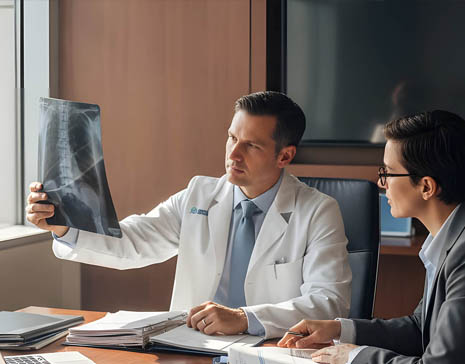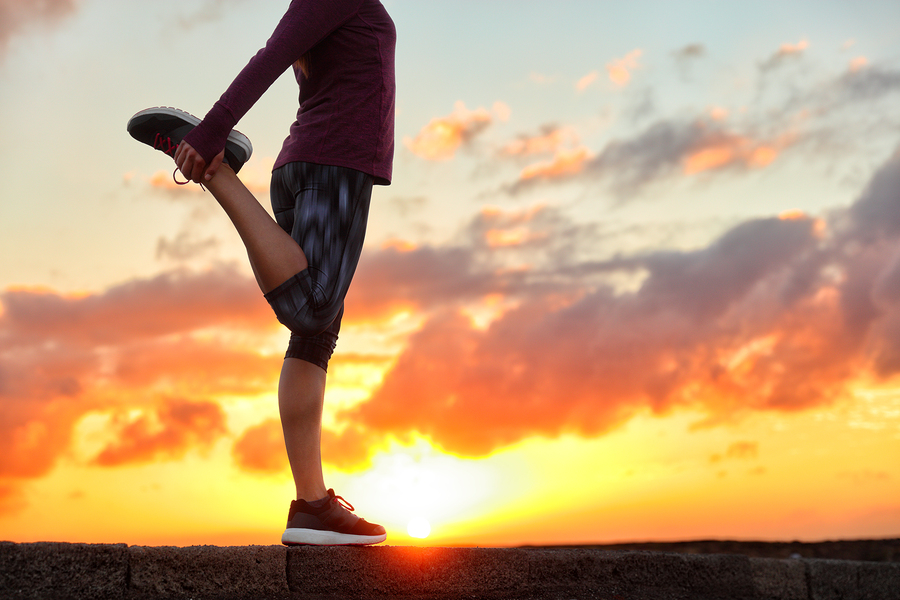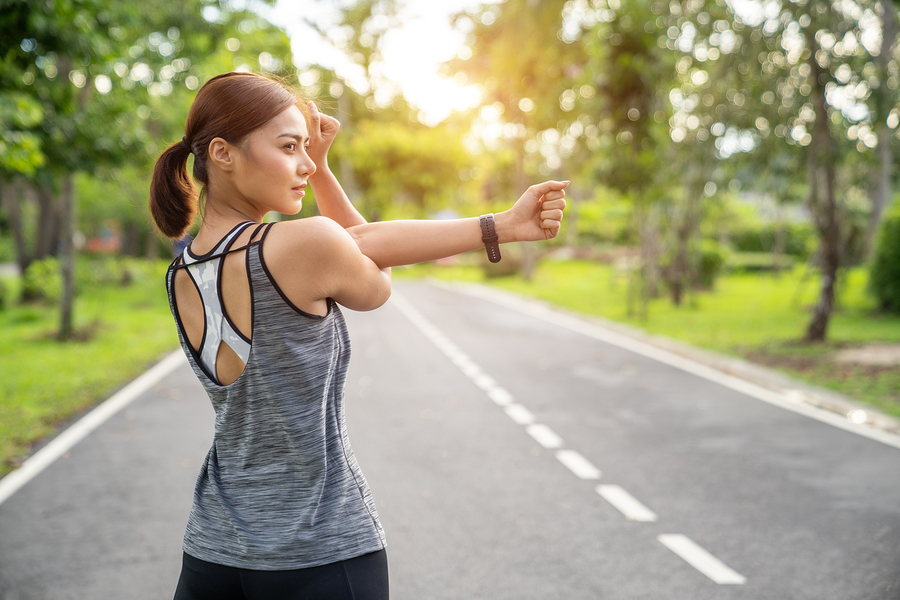The claim that sitting down can be as bad for your health as smoking may seem like a dramatic one, but could there be some truth to this statement?
Although standing up can hardly be described as exercise, doing so instead of sitting for extended periods could be a simple way to protect your physcical health. Not only will doing so help you to remain active, but experts suggest that standing up can boost your metabolism, helping your body to burn more calories at rest.
Muscle atrophy is the act of muscles wasting away, usually due to a lack of physical activity. There is evidence to suggest that sitting for long periods of time can activate certain genes that stimulate the process of muscle atrophy. Avoiding muscle atrophy is an important aspect of maintaining optimum physical health.
Isometric Contraction
When you stand up, even for a few moments, you are asking your legs to support the entire weight of your body – and this is exactly what they will do! This requires the bigger muscles in your legs to engage, even though there is no movement at the knee joint. This type of muscle engagement is known as isometric contraction.
The Quadriceps
Quadriceps, or quadriceps femoris, is the name for the group of four muscles at the front of the thigh. These four muscles are called the vastus lateralis, the vastus medialis, the vastus intermedius, and the rectus femoris.
The three vastus muscles originate from the femur and attach to the kneecap, with the rectus femoris muscle partially covering the vastus muscles and also attaching to the kneecap. The rectus femoris also attaches to the hip bone. Cycling is a fantastic activity for building up the quadricep muscles.
The Hamstrings
The hamstrings are the group of muscles at the back of the thigh. These muscles are the biceps femoris, the semitendinous, and the semimembranosus. These muscles originate where the tendons attach to the bone at the hip and the femur.
The hamstring muscles are used when flexing the knee joint, adducting the leg, and extending the thigh to the back of the body. The hamstrings are always engaged when walking, running, or jumping.
Long periods of sitting down can affect the function of the hamstrings and it is a good idea to enjoy lots of walking and running in order to build these muscles up. Exercises that utilise extension of the hips and flexion of the knees are a good choice also.
Good hip extension exercises include glute bridges, forward lunges, donkey kicks, and leg curls using a stability ball. Good knee flexion exercises include knee to chest stretches, calf raises, standing knee flexion, and wall squats. You may also enjoy the benefits of swimming for this purpose.
The Adductors
The adductors, also known as the groin muscles, are the five muscles that are located in the inner part of the thigh. They enable the body to pull the legs towards each other.
The adductors aren’t a muscle group that are utilised in many day to day activities, but there is some benefit to deliberately including them in any exercise programme. Strengthening these muscles can help to keep the hips, knees, and ankeles aligned, which helps to lower the chance of injury to the joints in the body that are weight-bearing.
Tibialis Anterior
This is the largest muscle at the front of the leg and is found below the knee. The tibialis anterior muscle helps with the upward movement of the foot towards the shin and also helps to invert the foot at the ankle.
If the tibialis antertior muscle is tight, then this can cause pain to present when a person is running. Pain in this muscle could also be a sign of a fracture, so it is important to pay attention to your body if any discomfort is experienced in the lower leg.
Gastrocnemius
This powerful muscle is found at the back of the lower leg and is largely responsible for the shape of the calf. The gastrocnemius runs from the heel all the way up to the back of the knee.
Strengthening this muscle is essential for all-round leg function, and will also make your calves look and feel strong. Single and double leg calf raises are among the best exercises to choose for this purpose.
Soleus
Similarly to the gastrocnemius, the soleous is also a powerful lower limb muscle. The soleus runs from the back of the knee to the ankle.
Activities such as dancing, running, and walking all require the input of the soleus muscle, and undertaking these activities is a great way to strengthen this muscle!
Exercise for Optimum Health
Keeping the legs of the muscle in good shape is an essential component of overall health and wellness. When you have strong legs because you regularly work to strengthen the muscles in them, then you are much better able to move around and enjoy other forms of exercise.
References
1) https://www.fitnessmagazine.com/workout/thighs/exercises/leg-muscles-anatomy
Related Posts
Cigarettes May Inhibit Inflammation Treatments
Axial spondyloarthritis, also known as AxSpa, is a chronic…










